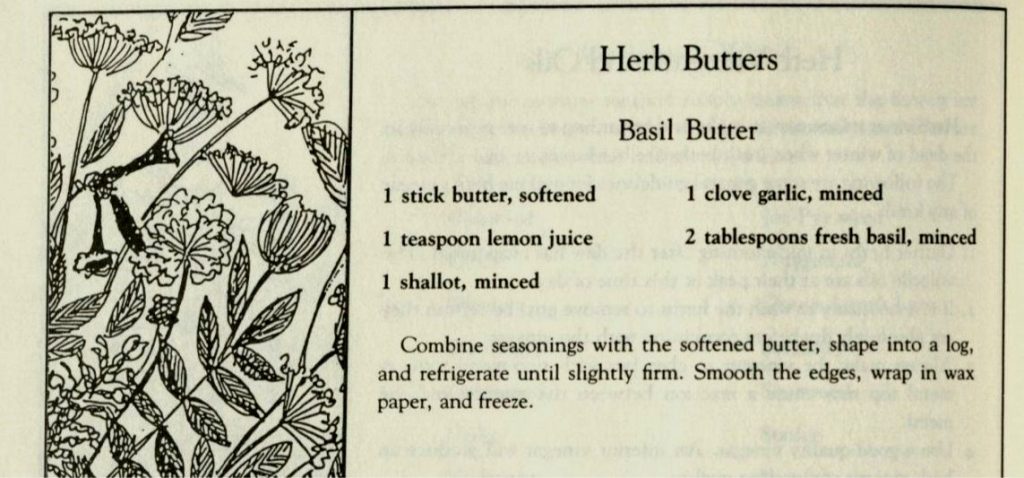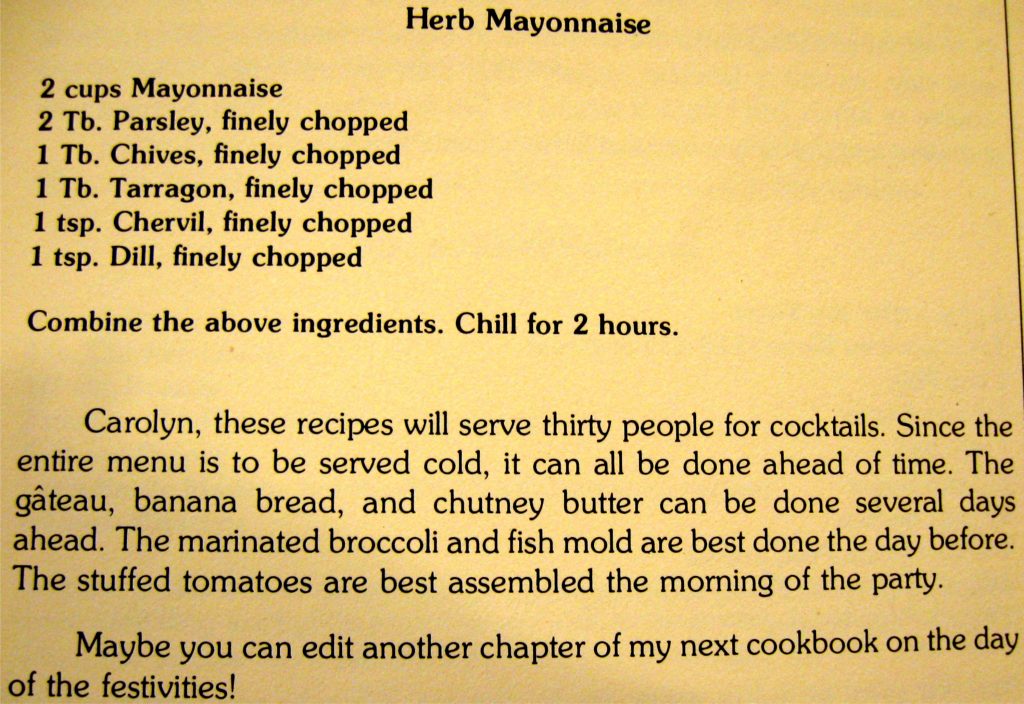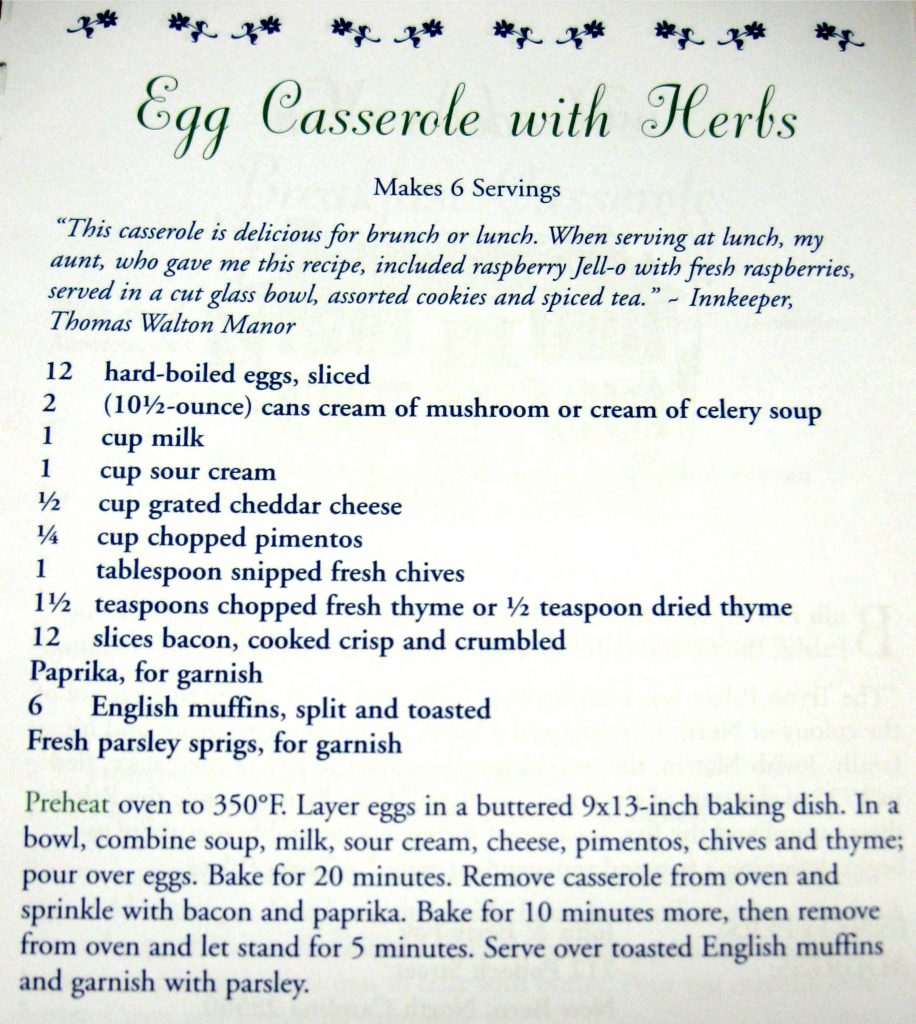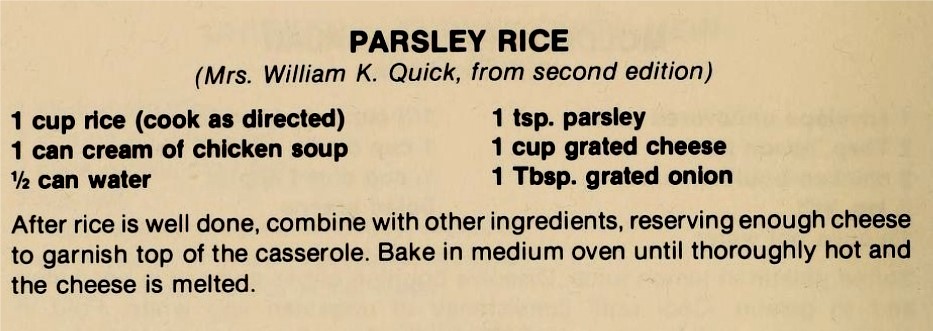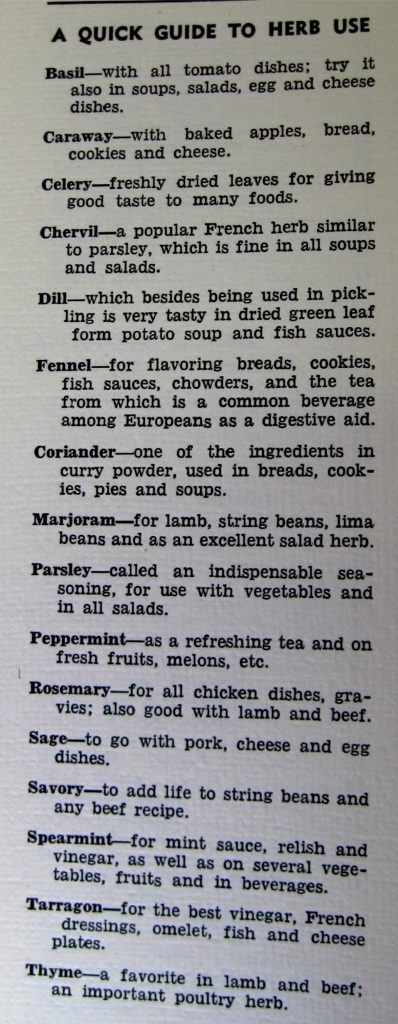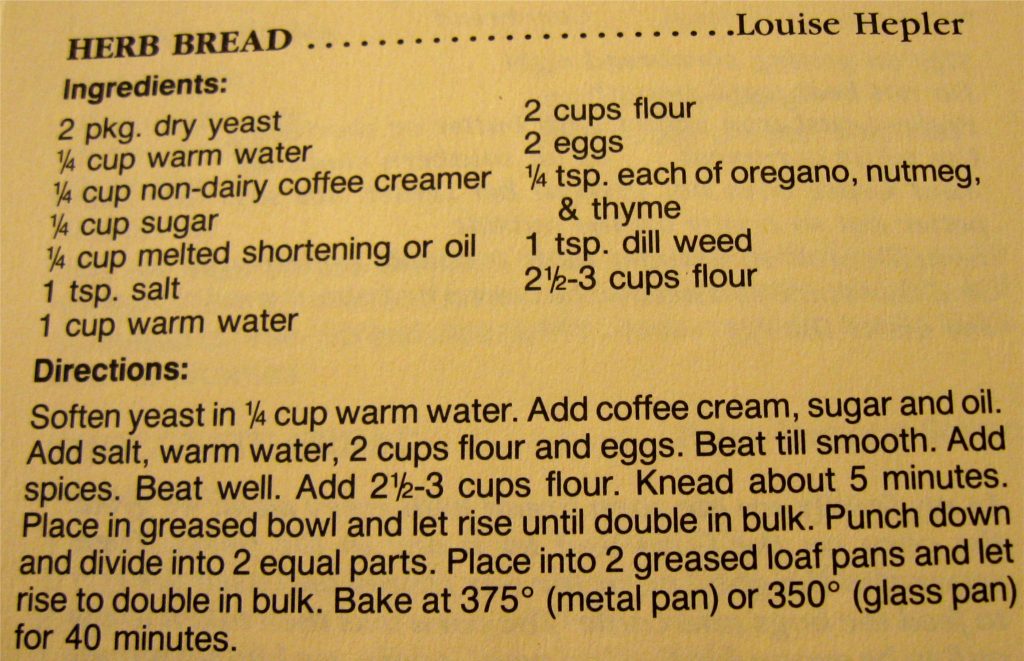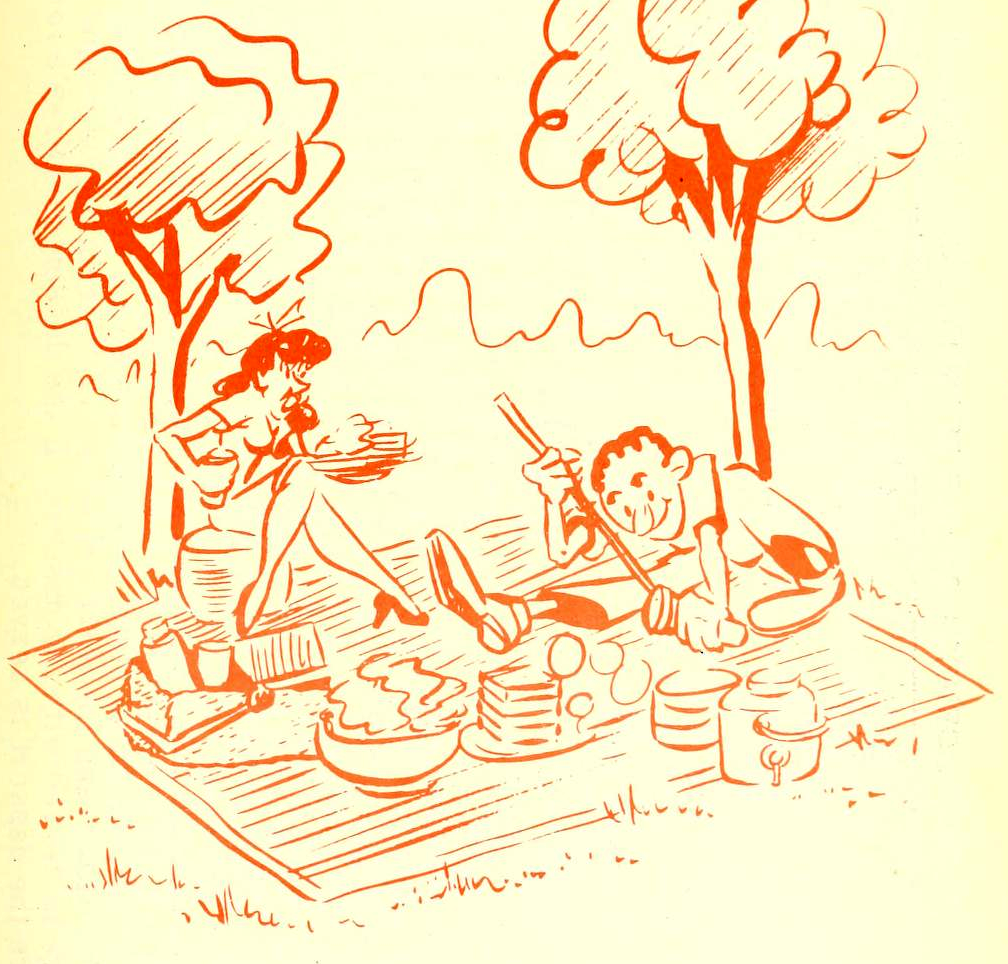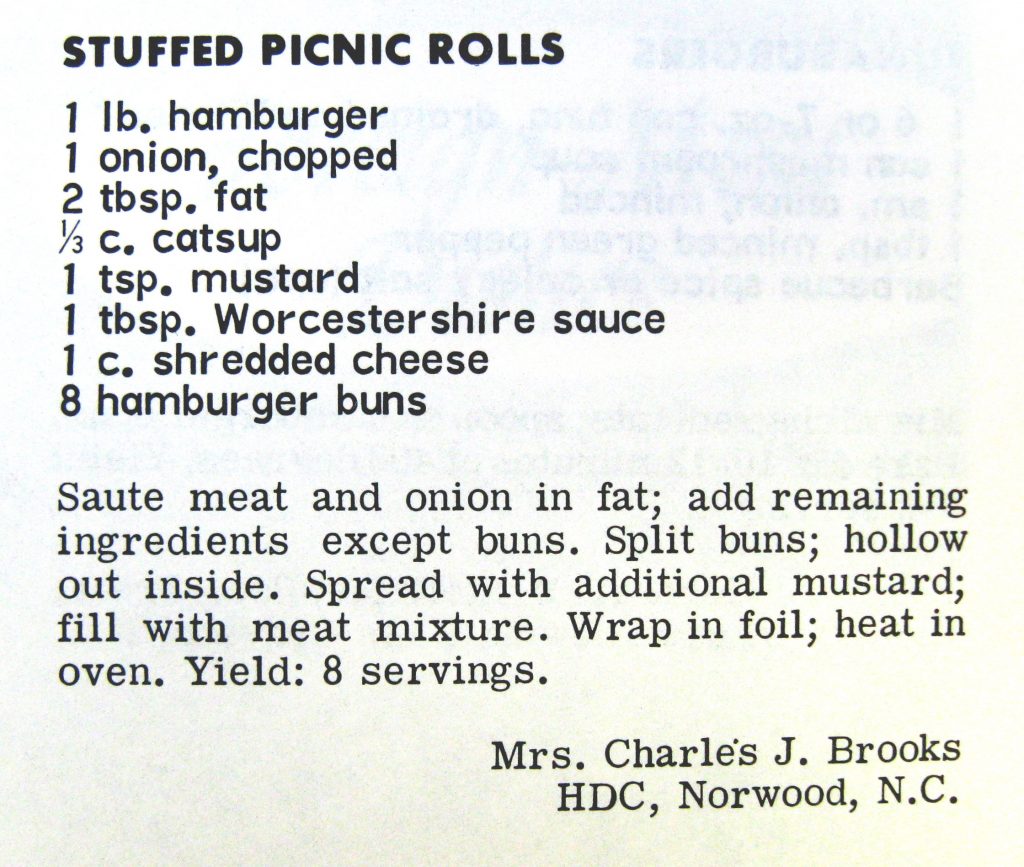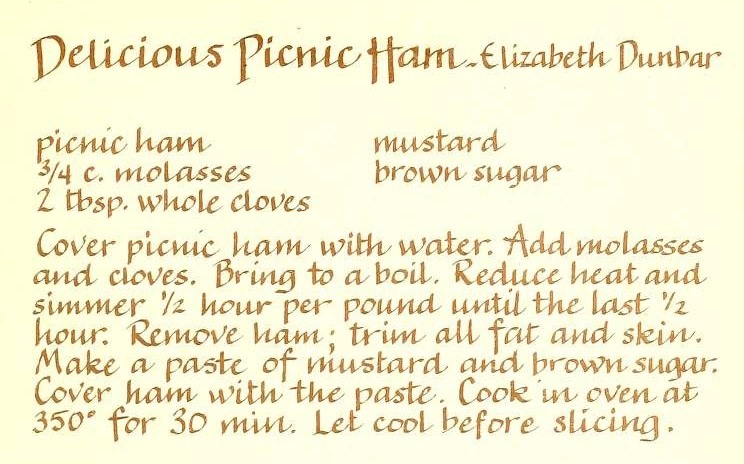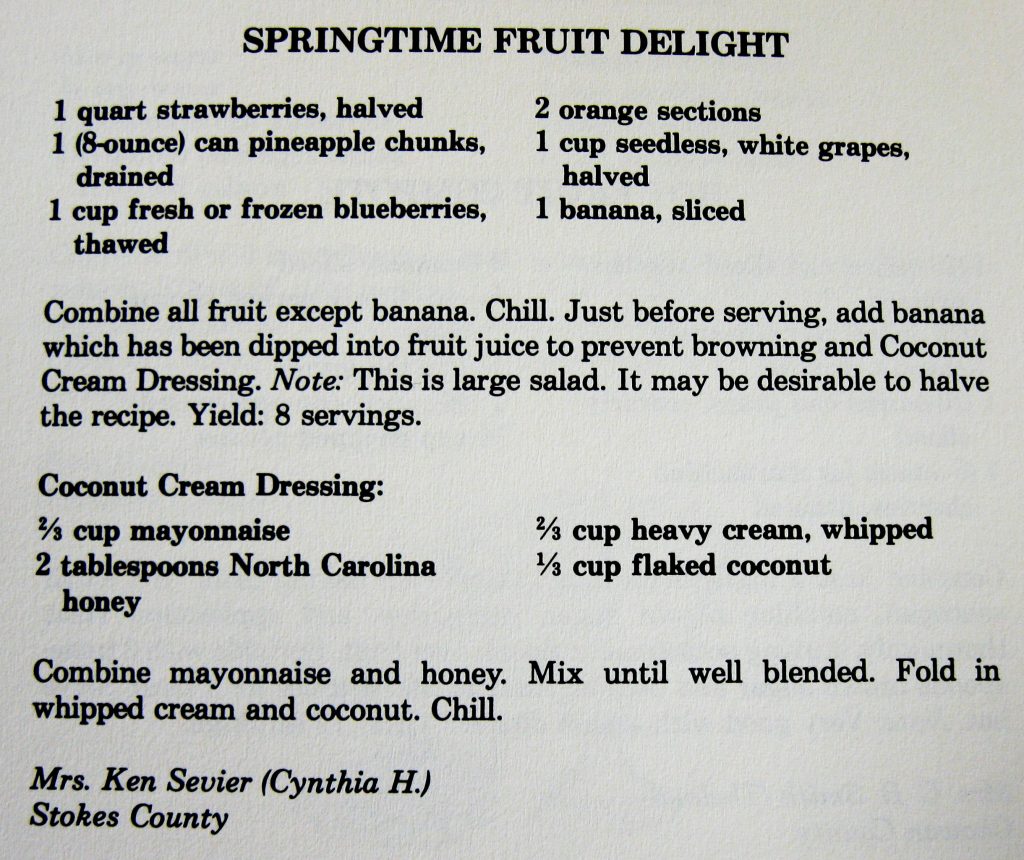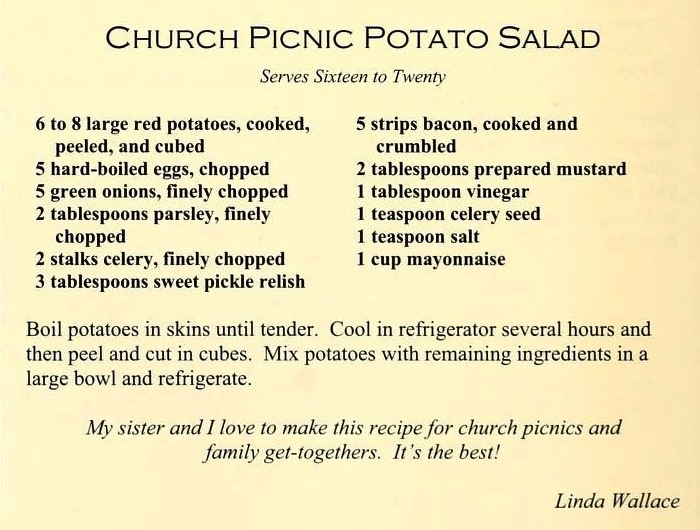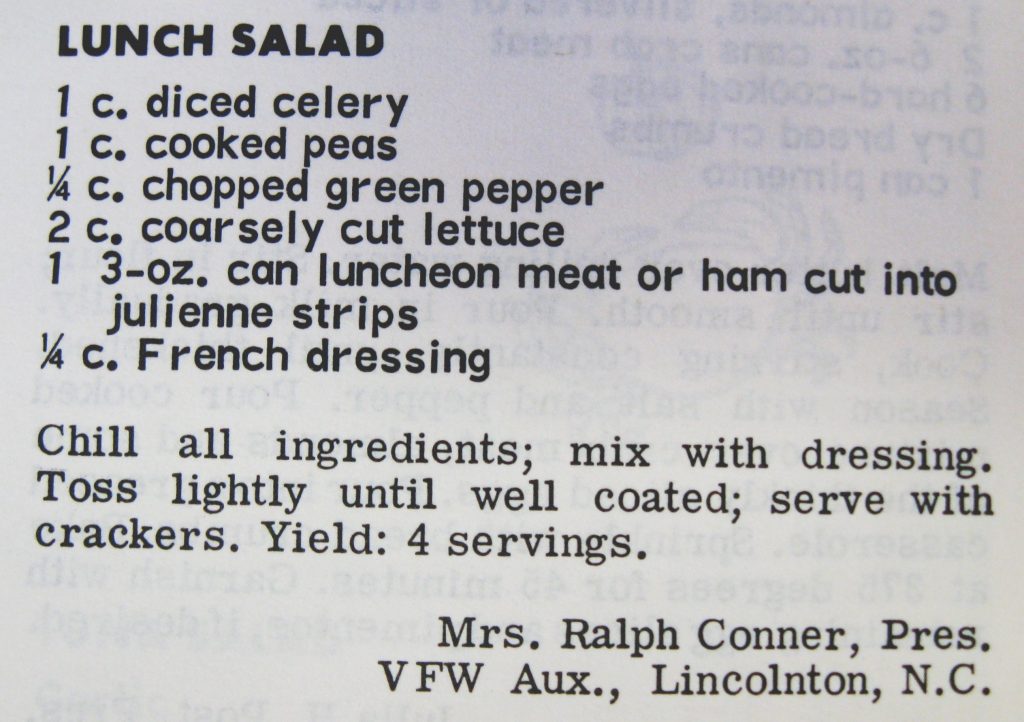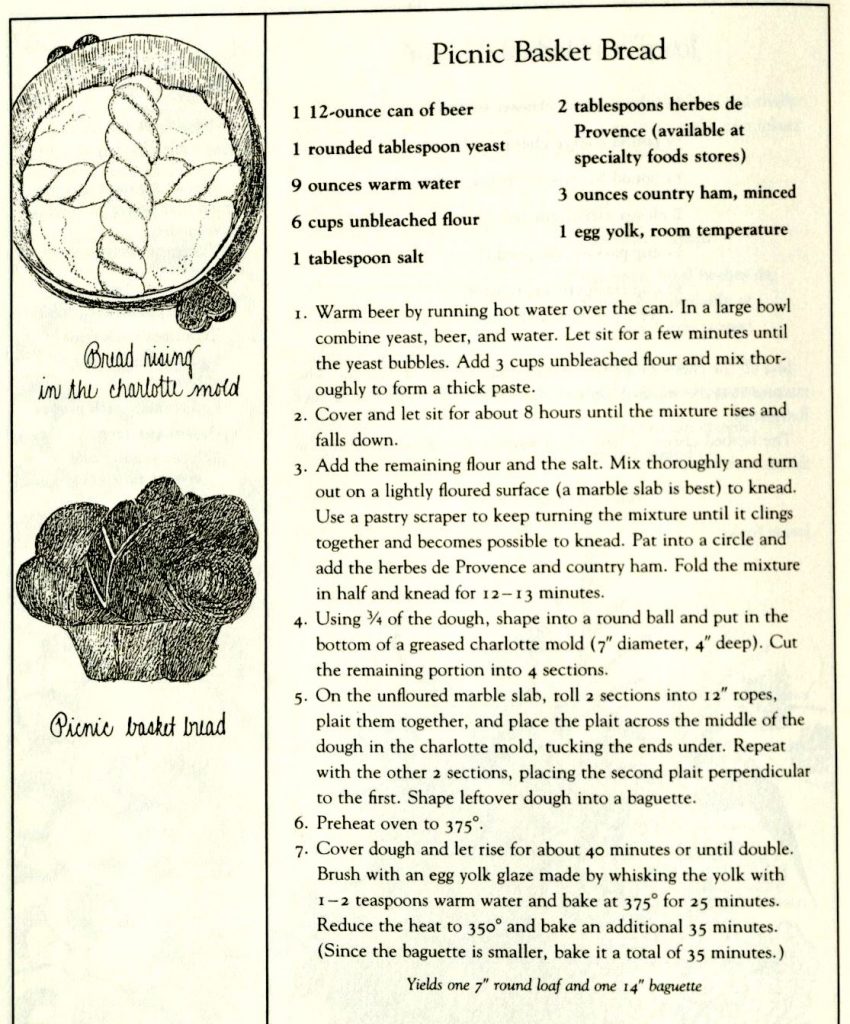This month’s Artifact of the Month post illustrates our continuing fascination with objects related to tobacco marketing. (For prior evidence of this obsession, see posts about the Seal of North Carolina Plug Cut tobacco pouch, the Joe Camel holiday lighter, and the Duke Cigarettes tobacco cards.)
Our April Artifact is a bumper sticker for the Winston Rodeo, circa 1975. That’s Winston as in the cigarette brand, owned by the R.J. Reynolds Tobacco Company.

The Winston Rodeo series began in 1971 or 1972 (depending on which source you consult). It originally included roughly 600 rodeos each year throughout the country.
An intriguing 2010 article in the American Journal of Public Health analyzes internal tobacco industry documents to reveal the motivations behind tobacco company rodeo sponsorship. Not surprisingly, the goal was the promotion of cigarettes — not rodeo.
The researchers conclude that it was no coincidence that the advent of Winston’s rodeo sponsorship coincided with the 1971 ban on cigarette advertising on television and radio. During a televised rodeo event, TV cameras can pick up branded banners, scoreboards, and clothing, such as the jacket worn by a cowgirl in two photographs that came to the North Carolina Collection with the bumper sticker:
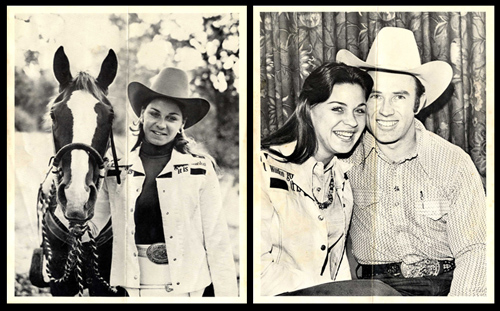
Tucked under the collar on each shoulder is the embroidered slogan “Winston: How Good it Is.”
If you find that kind of branding too subtle, then take the example of Miss Winston:
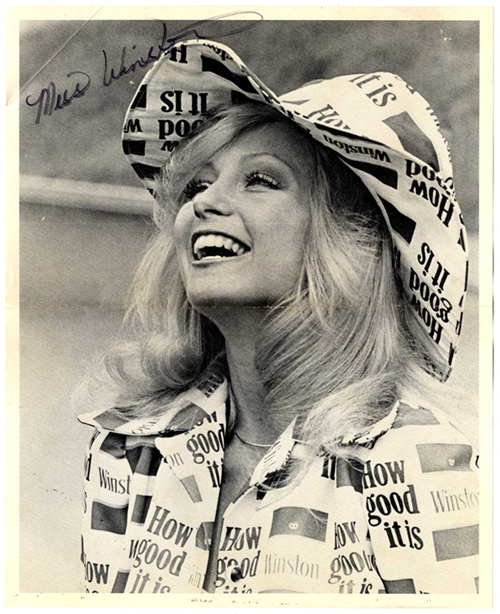
Miss Winston was a spokesmodel for the Winston Cup, a NASCAR racing series that was also sponsored by Winston. Miss Winston presumably made an appearance at the rodeo and autographed this photo for a lucky fan.
In 1975, R.J. Reynolds offered free Winston Rodeo bumper stickers, of which our Artifact is likely an example. Fans who were younger than 21 could skirt the company’s policy against marketing to young people by having their parents sign a statement provided by RJR.
On the back of the bumper sticker Winston advertises a 45 rpm souvenir record, a “Musical Salute to the Professional Rodeo Cowboy.”

It’s a clever marketing move: Why not use your promotional materials to advertise other promotional materials? The cost was only $1.50 and two empty Winston packages.
A 1979 study commissioned by R.J. Reynolds concluded that Winston’s rodeo sponsorship had its intended effect of increasing purchases among fans. The study found a 10% per-year increase starting in 1974 attributed partially to Winston’s sponsorship of its Rodeo Superstars and College Rodeo Scholarship programs.
We’re grateful to the researchers who sifted through all those tobacco industry documents: Drs Pamela M. Ling, Lawrence A. Haber, and Stefani Wedl.
And we’re grateful to the anonymous rodeo fan who opted not to affix this artifact to his/her bumper. It’s a perfect addition to the NCC Gallery’s collection of tobacco-related objects.

